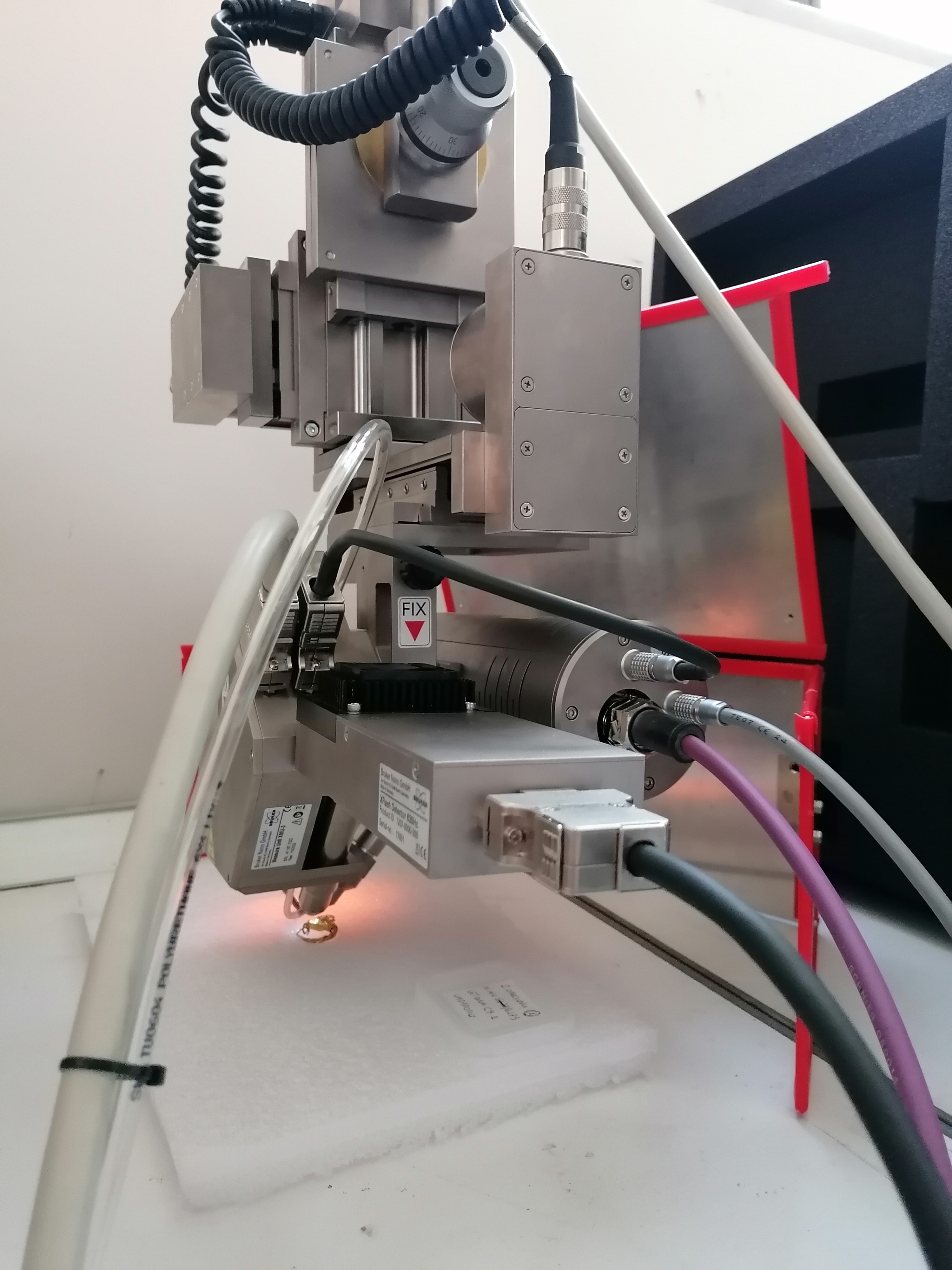Service: Micro-X-Ray Fluorescence (µ-XRF) Mapping/Point Analysis
Platforms
Molab
Techniques
Micro x-ray fluorescence spectroscopy (μxrf)

Organization
Service contact persons
The Bruker ARTAX 800 µ-XRF spectrometer can provide detailed insights into the chemical composition of materials in artworks and artifacts. This portable, non-invasive instrument provides high-resolution elemental analysis and precise mapping of inorganic chemical elements on small areas, enabling the study of pigments, hidden layers, and conservation materials with pinpoint accuracy. Ideal for heritage science, archaeology, and art conservation, the ARTAX combines good technology and high versatility for in situ analysis.
The Bruker ARTAX 800 XRF spectrometer is a versatile, non-destructive analytical instrument designed for high-resolution elemental analysis of various materials. This advanced system is particularly suited for applications in art conservation, archaeology, and materials science, enabling in situ analysis of delicate or immovable objects.
Equipped with a micro-focus low-power X-ray source and a high-performance silicon drift detector (SDD), the ARTAX offers excellent sensitivity and resolution, capable of detecting elements from sodium (Na) to uranium (U). Its pinpoint accuracy is achieved with a small spot size, making it ideal for detailed examinations of heterogeneous surfaces such as paintings, sculptures, or metal artifacts.
The ARTAX system includes an articulated arm or a motorized XYZ stage for precise positioning and mapping of the sample, allowing for both single-point analysis and elemental distribution mapping. It operates with minimal sample preparation and provides real-time results, ensuring convenience and efficiency during fieldwork or laboratory studies.
The instrument's software suite supports comprehensive data acquisition, analysis, and visualization, enabling users to interpret elemental composition effectively. Its portability, coupled with robust performance, makes the Bruker ARTAX a reliable solution for scientific research and heritage preservation.
Activity should be performed following the local rules ofor radioprotection. Permissions must be granted by the user before starting the activity.
Fields of application
Archaeology
Archaeometallurgy
Archaeometry
Conservation science (cultural heritage discipline)
Heritage science (cultural heritage discipline)
Materials
Inorganic material
Inorganic pigment

